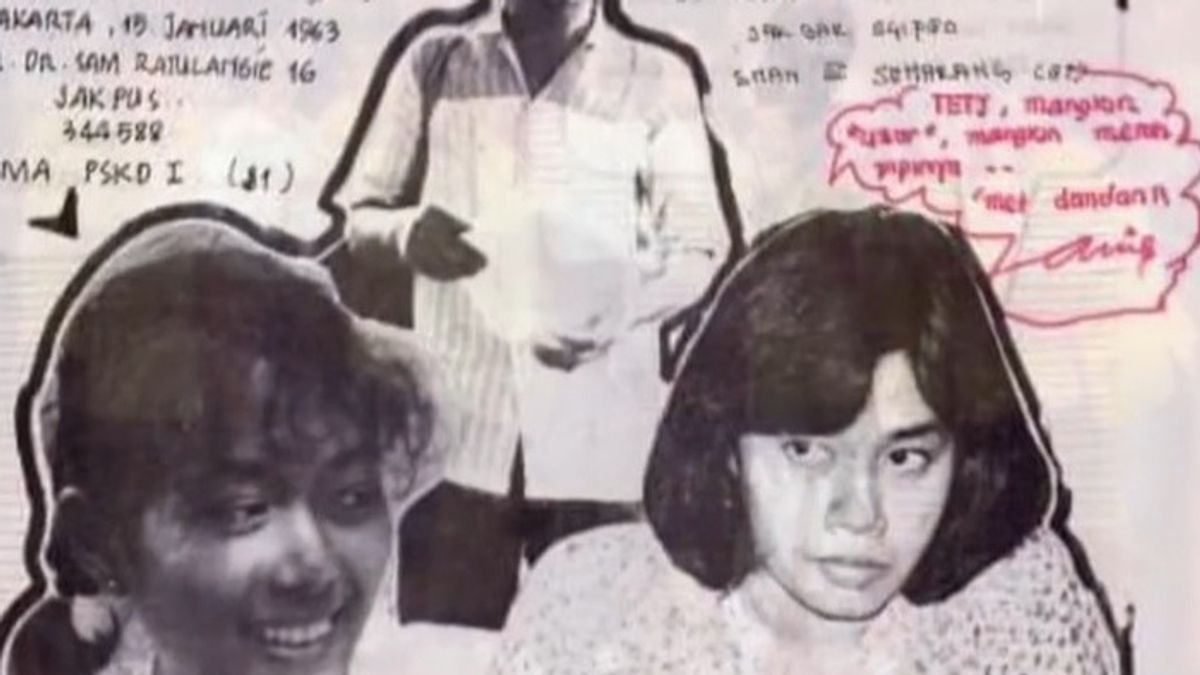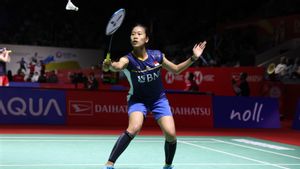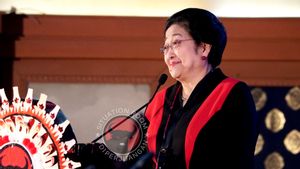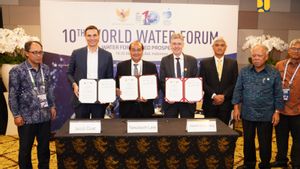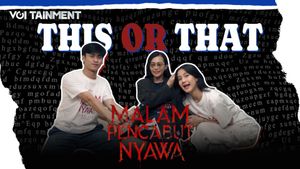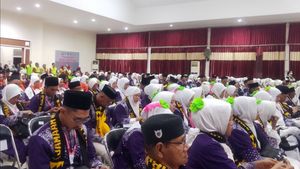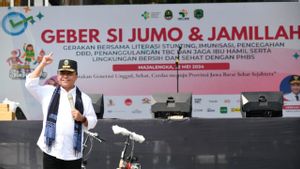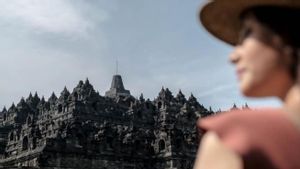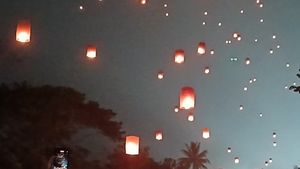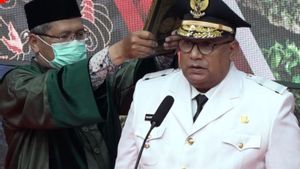YOGYAKARTA Perpeloncoan di Indonesia ternyata tidak saja terjadi saja. Sejarah perpeloncoan di Indonesia bahkan sudah ada di zaman peonjaran Belanda di Indonesia. Praktiknya terjadi di lingkungan pendidikan. Sesuarnya, saat itu praktik perpeloncoan terjadi dari senior kepada juniornya. Lalu bagaimana sejarah perpeloncoan yang kini terpanjangkan?
In the Big Indonesian Dictionary (KBBI), the pelonco is defined as the introduction and appreciation of a new environment. However, in practice, the practice of Pelonco is synonymous with physical activities. Then how did the peloncoan in Indonesia start?
Peloncoan practices in Indonesia have existed in the Dutch colonial era. At that time, Pelonco tradition was known as ontgroening which literally in Dutch meant eroding the green color. The meaning of green color' itself in the context of ontgroening refers to new students who are considered still green like a new plant shoot.
Peloncoan during the Dutch colonial era itself was not much different from the current practice. For example, the practice of brokering that took place at the School tot Opleiding van Inlandsche Artsen (STOVIA). STOVIA is a doctor's school for natives in Batavia (Jakarta) in the Dutch East Indies era. At that time, the brokering that occurred was a junior student who served as a servant for senior students.
There are many things juniors have to do to seniors at STOVIA, for example, calling seniors as masters, or wiping senior shoes clean.
It was not enough in the Dutch colonial era, in the era of Japanese colonialism the peloncoan continued. Even in this era, the term pelonco' appeared. The word loncoan itself comes from Javanese, namely pelonco or bulging. Pelonco's own practice was carried out on small children at that time.
Custody leads to compliance with indigenous rules on Japanese military rules. At that time the Japanese army was required to be bald. In addition, the peloncoan of small children also symbolizes that they do not know anything.
Although the Japanese occupation in the country is not as long as the Netherlands, the practice of cybercoans left by the Dutch and Japan is already firmly rooted in Indonesia. This period marks the tradition of coaching in Indonesian educational institutions.
Peloncoan practices continued in the era of the independence revolution. In 1949, the peloncoan began to be practiced by educational institutions, namely the University of Indonesia. It is widely stated that the peloncoan at UI did trigger a sense of solidarity, sympathy, and even tolerance. But on its way, Peloncoan activities are increasingly shifting.
SEE ALSO:
The banking activity is currently summarized in the Ospect activities of new students organized by the association of students at the university. The Ospek itself is filled with various activities which are then considered to be aimed at the peloncoan. What is feared is the existence of victims of bullying in Ospek activities even though this condition violates the principles of proper education.
That's information related to the history of brokering in Indonesia. Visit VOI.id to get other interesting information.
The English, Chinese, Japanese, Arabic, and French versions are automatically generated by the AI. So there may still be inaccuracies in translating, please always see Indonesian as our main language. (system supported by DigitalSiber.id)
